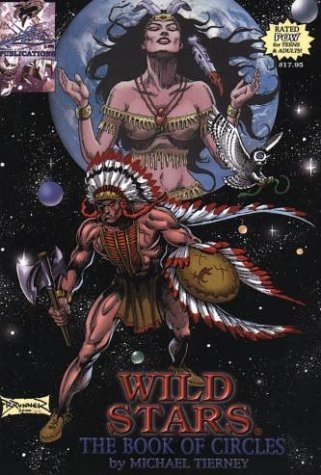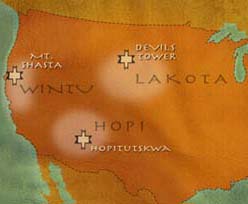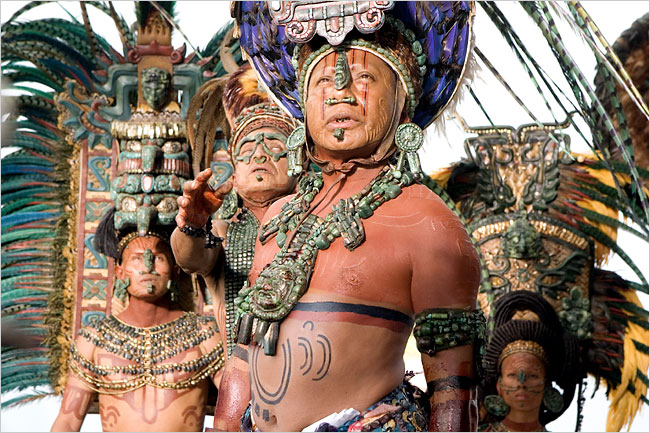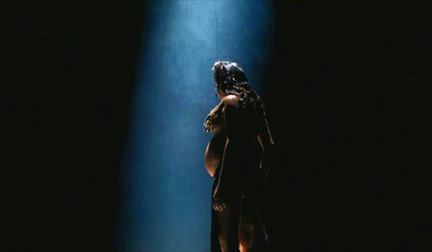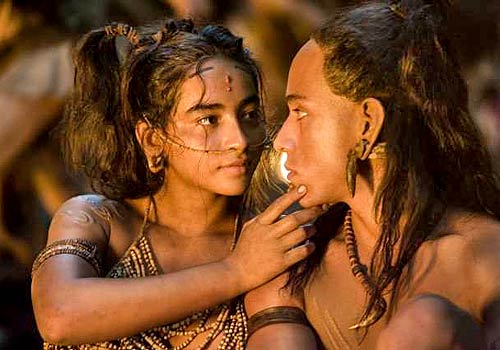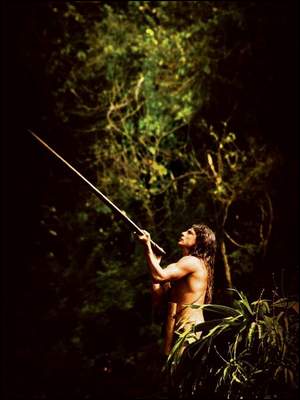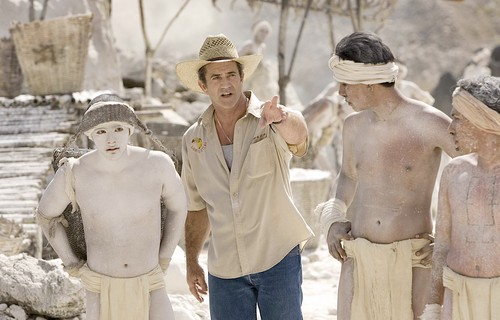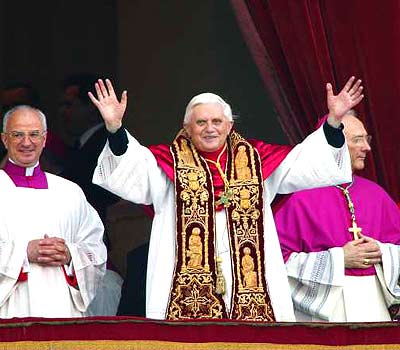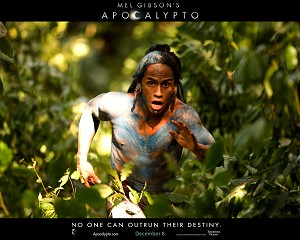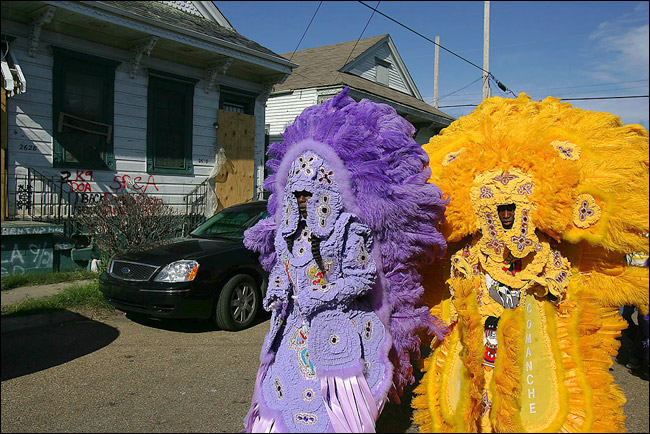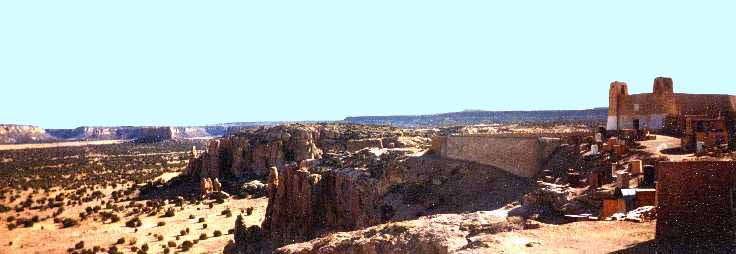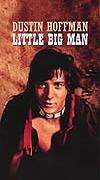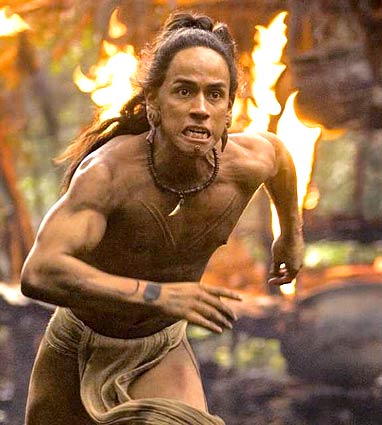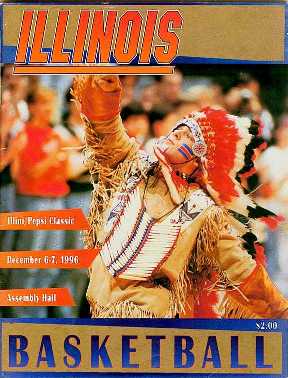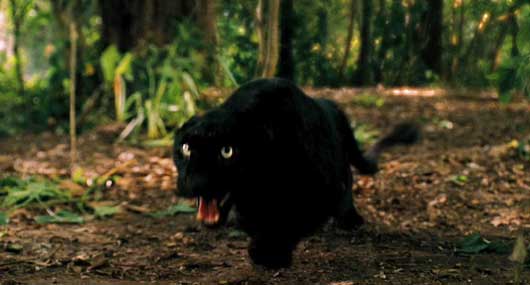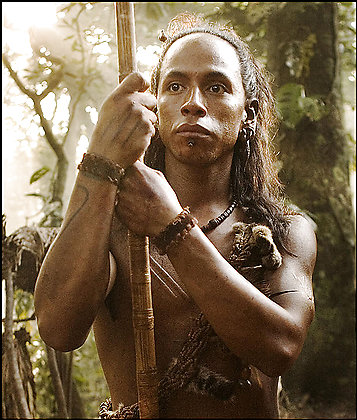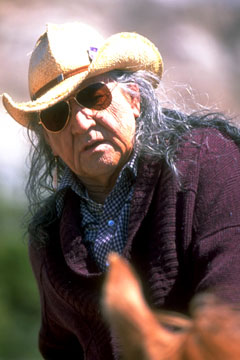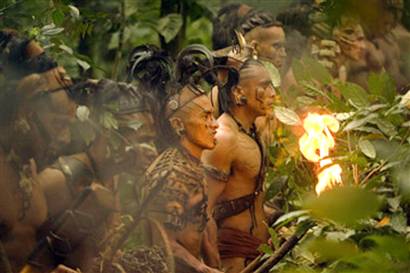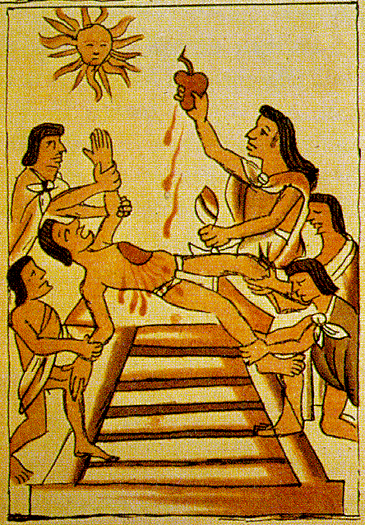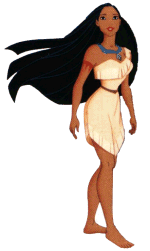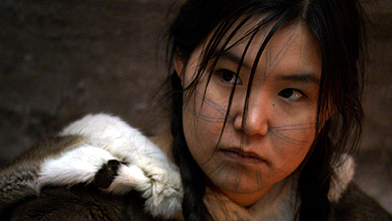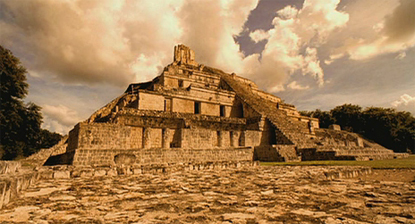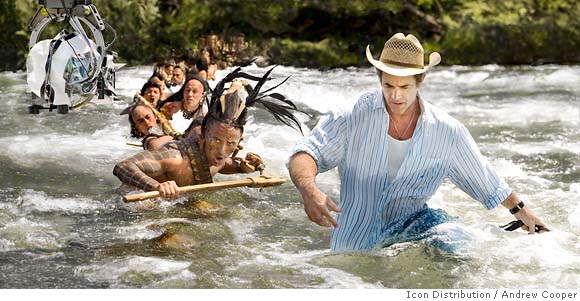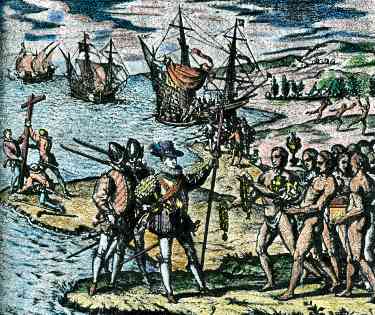Correspondent Bill Foster sent me a copy of WILD STARS, an independent comic published in 2003. Here's what one reviewer said about it:
Wild Stars: The Book of CirclesMichael Tierney's Wild Stars is a graphic novel that has been twenty years in the making, drawing upon it's earlier incarnations as first a text novel and then as three separate comic book series. Visually it shows as, rearranged by the author into a more chronological telling than the comics presented, the reader can notice sharply contrasting changes in art style as the various pencillers came on board and the series evolved.
But what is Wild Stars about, specifically?
It's a science fiction story involving spaceships and time-travel. It's a historical adventure about ancient Native American tribes. It's a ghost story about a Civil War soldier and his namesake descendant. It's a crime drama revolving around drug runners and the search for Adolph Hitler. It's a mystery surrounding a cosmic case of mistaken identity.
And it's probably a dozen other things, beside.
Wild Stars is a story that is very demanding of the reader, filled to bursting with subplots and hidden storylines that aren't always apparent on first blush. This isn't your basic "Introduce the bad guy and his evil plot, here comes the hero to stop him, battle battle battle, victory and the end." You can't casually read through this book; it requires you to think. But for readers making the commitment, the payoff is worth the investment.
Upon reading the first chapter, the reader will be inclined to ask himself exactly what is happening. Upon reaching the middle of the book, the reader will be no closer to catching up with the plot that he is now certain is a literary runaway freight train with track continually being laid out in front of it as it progresses forward. Not until the climax of the story are the seemingly disparate threads brought together for an elegantly simple ending, leaving the reader feeling much like a stupefied Watson at the end of a Sherlock Holmes adventure.Rob's review: After reading the first chapter, I was asking myself exactly what was happening also. The answer is: Nothing worth mentioning.
The plot apparently involves an alternate reality in which modern, Nazi-like Europeans invade a primitive and untrammeled America. The continent's indigenous tribes join together to fight the mechanized stormtroopers.
As you can see from the cover illustration, one lead character is Sharp Knife, a Blackfoot who wears a ridiculous combination of headdress and loincloth and wields a ridiculous iron battleaxe. Another lead character is the "Kanze shamaness" Rosetta Stonewolf, whose ridiculous off-the-shoulder outfit matches her ridiculous name. The less said about the concept of a sexy young "shamaness," the better.
Even more ridiculous, the story appears to hinge on a white man: "Keltic war chief Corr Mac Nal." In this version of history, the Kelts captured a Norse longship and sailed to America, where they established a foothold and repelled the other Europeans, starting with the Puritans. So a handful of Kelts were able to do what millions of Natives were unable to do: stop the white man's progress.
I'd say you can safely skip this series. Only those who collect every single Native comic will want it.
